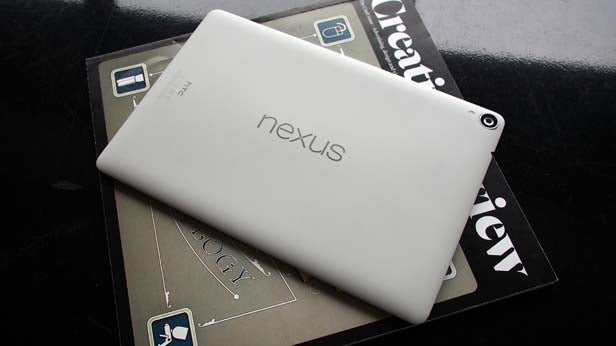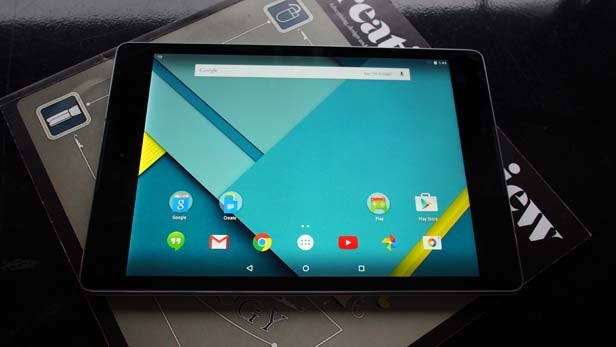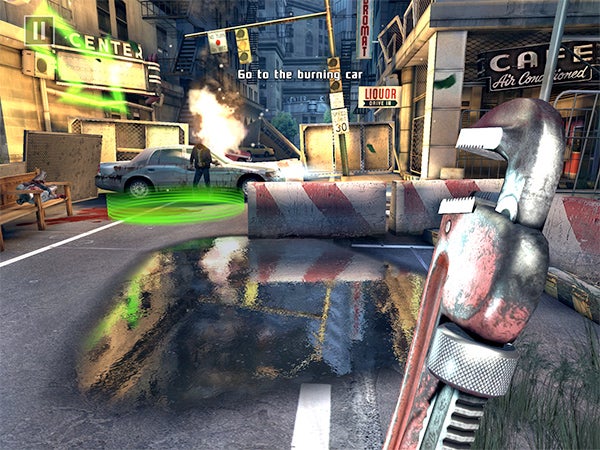Nexus 9 Review - Performance Review
Performance
Not quite the landmark Android tablet we were hoping for

Sections
- Page 1 Nexus 9 Review
- Page 2 Screen Quality Review
- Page 3 Android 5.0 Lollipop Review
- Page 4 Performance Review
- Page 5 Battery Life and Verdict Review
Nexus 9: Performance
The issue is that for all its power and its bleeding edge software, the Nexus 9’s performance is not impeccable. On occasion, elements that should scroll smoothly show a bit of judder and app load times are frequently a little longer than we’d like in such a new and important piece of hardware. We experiences a few jarring glitches too.
For all the pre-release promise of Android 5.0 Lollipop, it doesn’t have the immediacy of iOS 8 on a latest-generation iPad. Yet.
We’re willing to chalk these minor niggles down to Lollipop being brand new, and still a few tweak-heavy updates away from full speed. This is supported by the fact that we didn’t experience any of these issues on the Nvidia Shield Tablet that has similar innards. 
The Nexus 9 uses the Nvidia Tegra K1 CPU, a dual-core CPU. The performance of just one of these cores isn’t far off the full capabilities of 2013 flagship phones like the Samsung Galaxy S4 and HTC One. It’s very powerful indeed. This is the second version of the K1, using a more advanced architecture than the A15-based version used in the Nvidia Shield Tablet.
In the Geekbench 3 benchmark, it scores 3562 points total, and 2038 per core. That’s an extremely good score, besting the Snapdragon 805 version of the Galaxy Note 4. That’s better than the similarly priced iPad Air but a lot less than the iPad Air 2 scores.
It’s the GPU power of the Nexus 9’s Nvidia K1 that’s truly exciting, though. It uses the same 192-core GeForce Kepler GPU as the Nvidia Shield Tablet, and can benefit from some of the optimisations made for that model.
Nvidia even got Half-Life 2 working for the tablet, although that’s not available for the Nexus 9 at present. 
The big deal here is that it uses the Kepler architecture, the same used in some dedicated GeForce graphics cards. It’s designed for ‘proper games’, as some gaming snobs might describe them. We’re already starting to see some of the benefits, such as in Dead Trigger 2, which offers snazzier water effects than with other devices.
However, how far will it go? Development for Kepler on mobile devices has been pushed along by Nvidia to date, but longer-term momentum has yet to be proved. It seems likely to be end up a game of lowest common denominator bingo, with the other players being Qualcomm’s 805 and successive chips.
The future shows exciting promise, but is uncertain.
How we test tablets
We test every tablet we review thoroughly. We use industry standard tests to compare features properly and we use the tablet as our main device over the review period. We’ll always tell you what we find and we never, ever, accept money to review a product.


